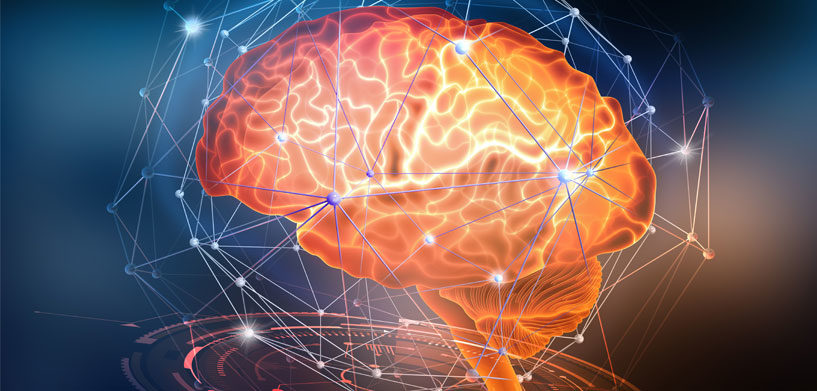The concept of artificial intelligence (AI) has fascinated and interested a large part of our populace for decades. From Isaac Asimov’s fictional history of robotics to the NORAD supercomputer in the 1983 film “WarGames,” humans have imagined the possibilities and feared the dangers AI could bring to our society.
Is AI taking over our world?
While the reality of AI in the 21st century is not as advanced as those fictional tales, it has come a long way. Vehicles with automated features, self-navigating vacuums, robo-advisors for financial planning, and GPS technology are all part of our lives now.
But while it may seem that AI is taking over the world, many industries simply can’t replace the human ability to reason beyond measure. Driverless cars are not yet equipped to hit the open road without a person to take control at precarious moments. And while hospitals use AI in several areas of medicine, it can’t replace the physician.
Most industries must rely on assistive AI, and some will likely never be able to use AI without some human interaction. Assistive AI is the opposite of independent AI, in that human involvement and control are necessary. The technology can quickly access large amounts of data, provide scenarios, learn, identify patterns, etc., but its purpose is to support individuals in making well-informed decisions.
Using AI for public safety
For public safety organizations, assistive AI can provide real-time, actionable insights during complex emergencies. It supports situational awareness, providing decision-makers in emergency communications centers with a wealth of real-time information. And if tailored to each user’s operational and personal needs, continuous independent assessment ensures reports are relevant, preventing information overload.
Seconds count in an emergency, so delayed detection and response can mean missed opportunities to contain a situation. Assistive AI can immediately spot complex connections across live and historic events, giving public safety professionals back those precious seconds to make a knowledgeable call.
Assistive AI is now
AI technology will continue to evolve, and many industries will benefit from its countless self-sufficient uses. However, with the appropriate assistive AI, organizations can improve their efforts and outcomes now.
Learn how assistive AI can help improve emergency response by downloading our solution sheet, Artificial Intelligence a Critical Public Safety Tool.
Enjoy this post? Subscribe to our blog and have industry insights delivered right to your inbox each week. Subscribe now.
















